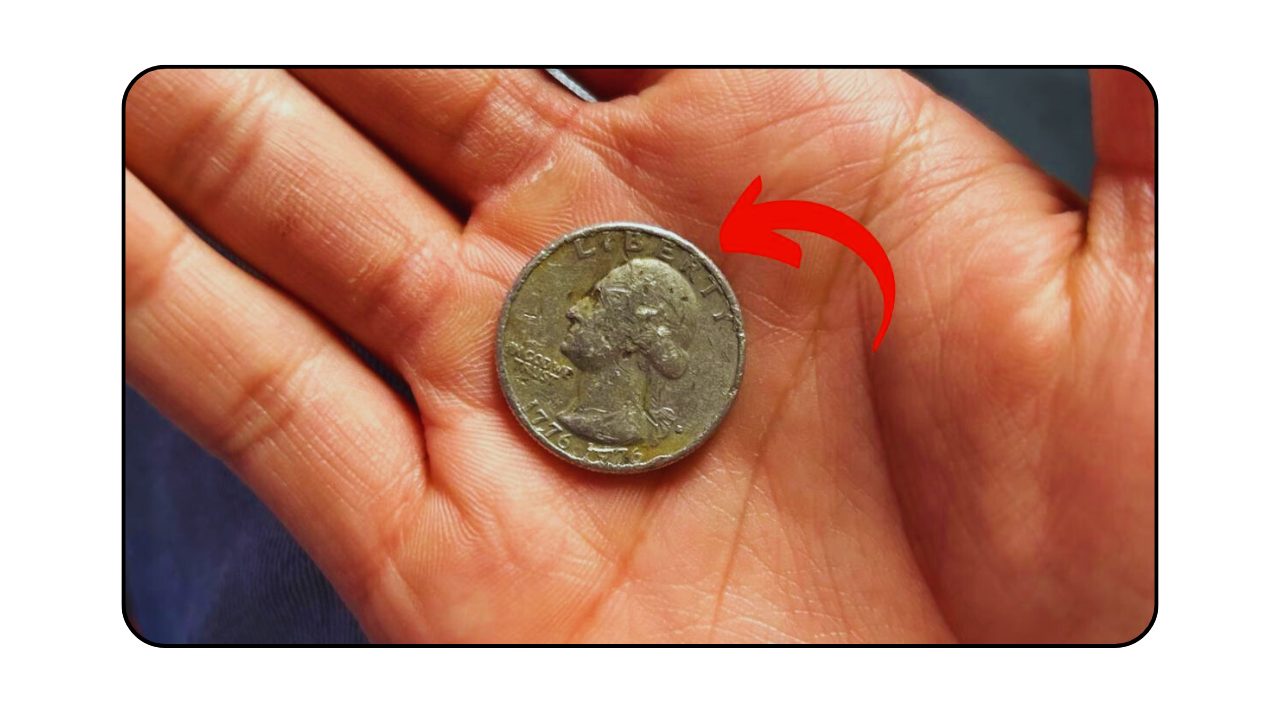$6.5 Billion Bicentennial Quarter Hiding: You might have a fortune in your change! The 1976 Bicentennial Quarter, minted to celebrate America’s 200th birthday, is making headlines with rumors of a rare version worth up to $6.5 billion. Most of these quarters, with their colonial drummer boy design, are worth just 25 cents, but a few with unique errors or special features have sold for thousands, even millions. While the $6.5 billion claim is likely a myth, collectors are buzzing about valuable finds like the 1976-S Silver Proof, which fetched $19,200. Here’s how to spot a rare Bicentennial Quarter, why some are so valuable, and where to look.
A Coin Full of American History
The Bicentennial Quarter, minted in 1975 and 1976, has George Washington on the front with a “1776-1976” date and a drummer boy with a torch and 13 stars on the back, honoring the 13 original colonies. Over 1.6 billion were made in Philadelphia (no mint mark), Denver (“D”), and San Francisco (“S”), with some San Francisco coins in 40% silver for collectors. A Texas man found a rare 1976-S Silver Proof in a coin jar, selling it for $13,500 in 2019. On X, folks are excited, saying, “Check your quarters!” but experts warn the $6.5 billion figure is unverified hype.
How to Spot a Valuable Quarter
To find a rare Bicentennial Quarter, grab a magnifying glass and check these details:
-
Look at the date: It should say “1776-1976.”
-
Check the mint mark: Find a “D,” “S,” or no mark under Washington’s neck. “S” coins are often silver proofs.
-
Look for errors: Double die errors (blurry text or images), off-center strikes, or coins on wrong metals (like silver instead of copper-nickel).
-
Weigh the coin: Clad quarters are 5.67 grams; silver ones are 5.75 grams.
-
Check condition: Uncirculated coins with no wear are worth more.
Never clean a coin—it lowers its value. Store it in a plastic holder and get it graded by PCGS or NGC for authenticity.
Why Some Quarters Are Worth Big Money
Rare Bicentennial Quarters fetch high prices due to errors, silver content, or perfect condition. A 1976-S Silver Proof graded MS69 sold for $19,200, and a 1976-D double die error hit $8,400 in 2023. Coins struck on wrong planchets, like a dime’s, can sell for $12,000, as one did in 2021. The $6.5 billion claim likely comes from unverified rumors of a unique error coin, possibly struck on platinum or with a one-of-a-kind flaw, but no coin has sold for billions. On X, collectors say, “Silver proofs are gold!” but warn against believing exaggerated values without proof.
Where to Find These Treasures
These quarters could be in your pocket, piggy bank, or old drawers. A New York woman found a double die error in her change, selling it for $6,463 in 2017. Check bank rolls, coin shops, or flea markets, but watch for fakes. On X, someone shared, “Found a 1976-S in my grandma’s jar—sold for $500!” With over 1.6 billion minted, rare ones like silver proofs or error coins could still be out there. Estate sales or old collections are great places to hunt, especially as the 2026 250th anniversary nears, boosting collector interest.
Tips to Start Your Hunt
Ready to search? Here’s how to begin:
-
Use a magnifying glass to check for double die errors or off-center strikes.
-
Weigh coins to spot silver versions (5.75 grams) versus clad (5.67 grams).
-
Store coins in acid-free holders to protect their value.
-
Get suspicious coins graded by PCGS or NGC to confirm worth.
-
Check eBay or Heritage Auctions for recent sales to gauge value.
Avoid cleaning coins, as it can ruin them, and work with trusted dealers to avoid scams.
|
Feature |
Details |
|---|---|
|
Years Minted |
1975-1976 |
|
Mint Marks |
None (Philadelphia), D (Denver), S (San Francisco) |
|
Material |
Copper-Nickel Clad or 40% Silver (S Mint) |
|
Weight |
5.67g (Clad), 5.75g (Silver) |
|
Value |
25¢ (Common) to $19,200+ (Silver Proof, Errors) |
The $6.5 billion Bicentennial Quarter is likely a myth, but rare versions like silver proofs or error coins can still fetch thousands. With their drummer boy design and historical charm, these quarters are worth checking. Look through your change or old jars—you might find a gem. Visit pcgs.com or ngccoin.com for appraisals and start your treasure hunt today
